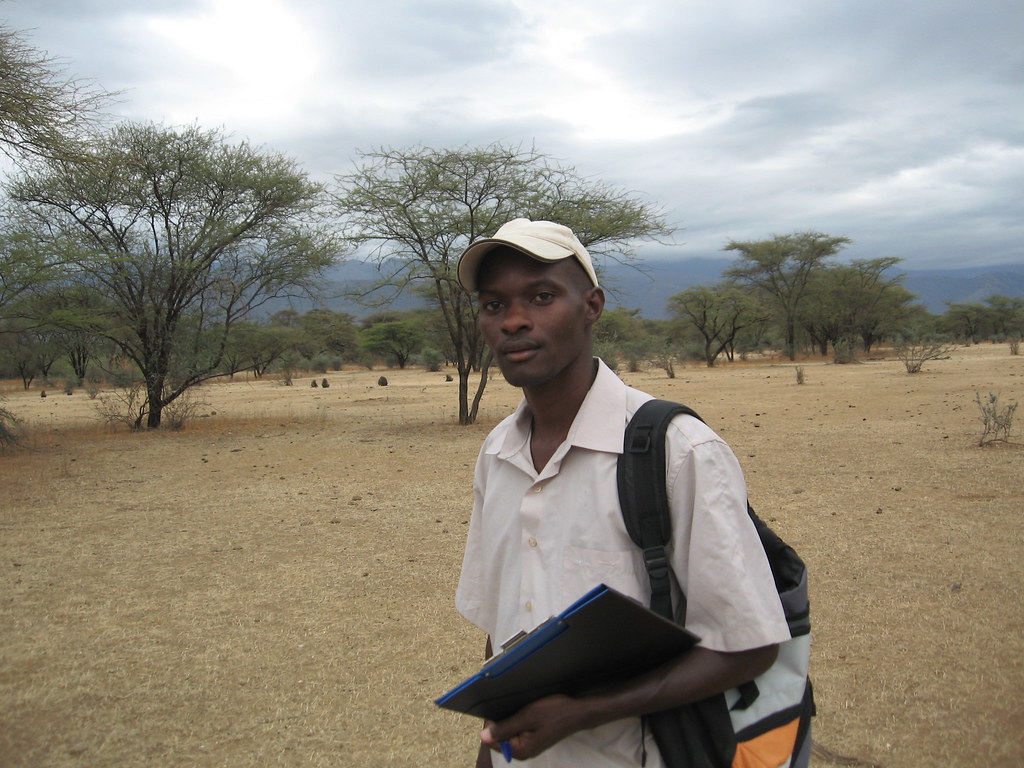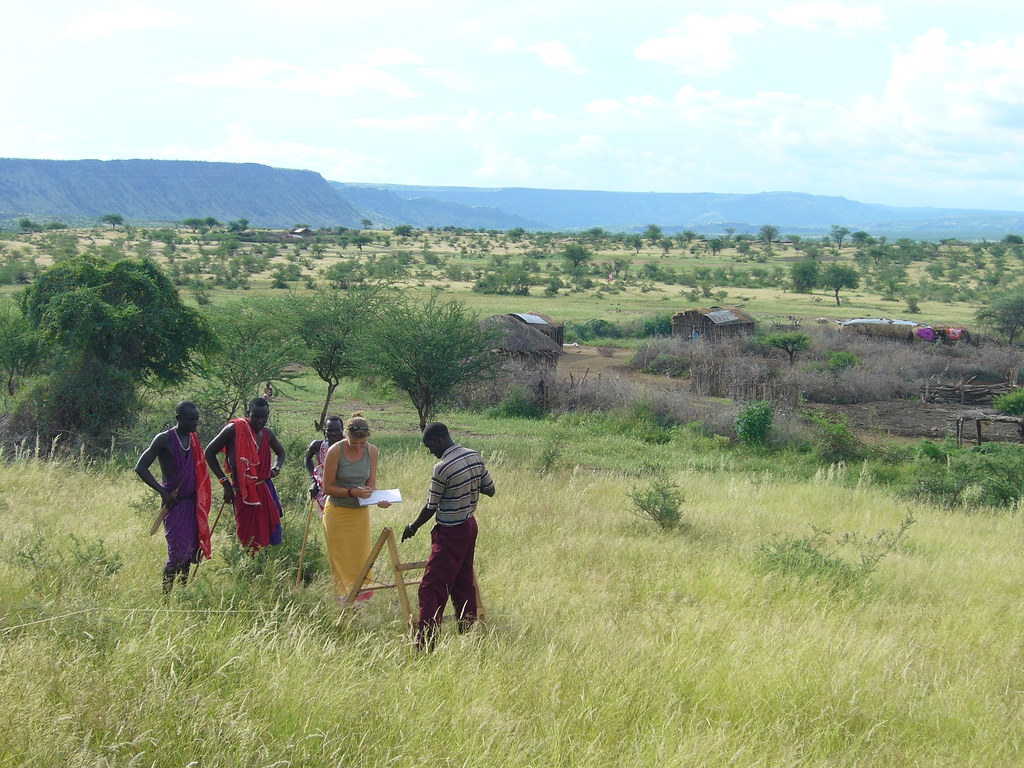 Education is at the core of rural development and conservation programs in the southern Rift Valley. However, for many young Maasai boys, and particularly girls, primary school is a privilege, high school an opportunity open to just a few, and college a rarity. The demands of a nomadic, pastoralist lifestyle just seem to impose too heavy a financial and logistic burden on many families. However, the enthusiasm is there, and attendance at all of Olkiramatian and Shompole schools are continually increasing. You can now see the benefits of education all around Olkiramatian and Shompole. A local Resource Assessor program now employs 8 young Maasai men, who have all completed high school, to conduct conservation and livelihoods research. The Women's Group is begining to learn basic business skills to develop and manage their Research Centre. And local schools have had the opportunity to share and discuss conservation and education with Kenyan and international researchers.
Education is at the core of rural development and conservation programs in the southern Rift Valley. However, for many young Maasai boys, and particularly girls, primary school is a privilege, high school an opportunity open to just a few, and college a rarity. The demands of a nomadic, pastoralist lifestyle just seem to impose too heavy a financial and logistic burden on many families. However, the enthusiasm is there, and attendance at all of Olkiramatian and Shompole schools are continually increasing. You can now see the benefits of education all around Olkiramatian and Shompole. A local Resource Assessor program now employs 8 young Maasai men, who have all completed high school, to conduct conservation and livelihoods research. The Women's Group is begining to learn basic business skills to develop and manage their Research Centre. And local schools have had the opportunity to share and discuss conservation and education with Kenyan and international researchers.Unfortunately, Kenya is in the middle of a severe drought and the impacts have been devastating, with many schools forced to close due to insufficient funds for teacher salaries, school meals, textbooks, and school supplies. The Maasai community, researchers, and Kenyan and international groups are now trying to step in and alleviate the situation. And we can help this cause in Bozeman.
On Wednesday, November 18, join us at the Emerson Ballroom at 7 pm for a fundraiser to support local schools in Olkiramatian and Shompole. Throughout the evening, we will have a silent auction with all proceeds going directly to schools in Olkiramatian and Shompole. Researchers have contributed a variety of wildlife, landscape, and cultural photographs, Maasai jewelry, and traditional goods for auction. We will also have alcoholic and non-alcoholic beverages during a meet-and-greet session, with a slide show displaying pictures of the area, research projects, and local schools. Dr. Scott Creel and Paul Schuette (MSU) will then introduce a short film (~10 min.) produced by the South Rift Association of Landowners (SORALO) and the African Conservation Centre (ACC), our Kenyan partners, discuss their role in conservation projects in the area, the importance of local education, and the impacts of the current drought. Throughout the night, we will be accepting donations for local education programs through our U.S, partner, the African Conservation Fund. This registered 501 c3 organization has been a trusted partner for all programs in the southern Rift Valley for several years. Please join us for what we anticipate will be both an interesting and productive evening for people of all ages.




























